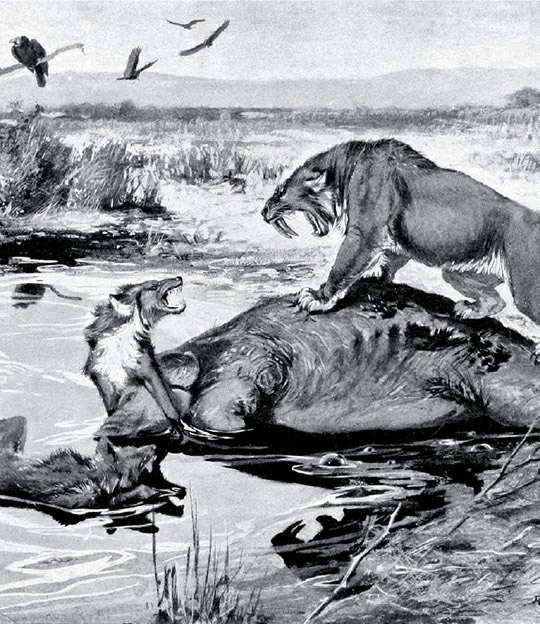Nestled in the heart of urban Los Angeles, the La Brea Tar Pits stand as a remarkable geological and paleontological site. For thousands of years, these natural tar seeps have been oozing gooey, black tar, a surface manifestation of deep-seated petroleum deposits. The tar, believed to be over 10 million years old, originates from organic debris accumulated and compressed on the ocean floor, later uplifted due to the complex interplay of the Pacific, Farallon, and North American tectonic plates.
Historically, the tar served practical purposes for Native Americans and early Californian settlers, but it’s most renowned for its role in preserving a vast array of ancient animal fossils. Excavations in the early twentieth century unearthed hundreds of thousands of well-preserved specimens, including mammoths, bison, and saber-toothed cats, with the oldest specimens dating back to around 40,000 years.
The La Brea Tar Pits, a window into the region’s deep geological past and a treasury of ancient life, continue to fascinate scientists and visitors alike. As one of the world’s most famous oil seeps, it not only highlights the natural process of oil formation but also serves as a crucial resource for understanding prehistoric ecosystems.

